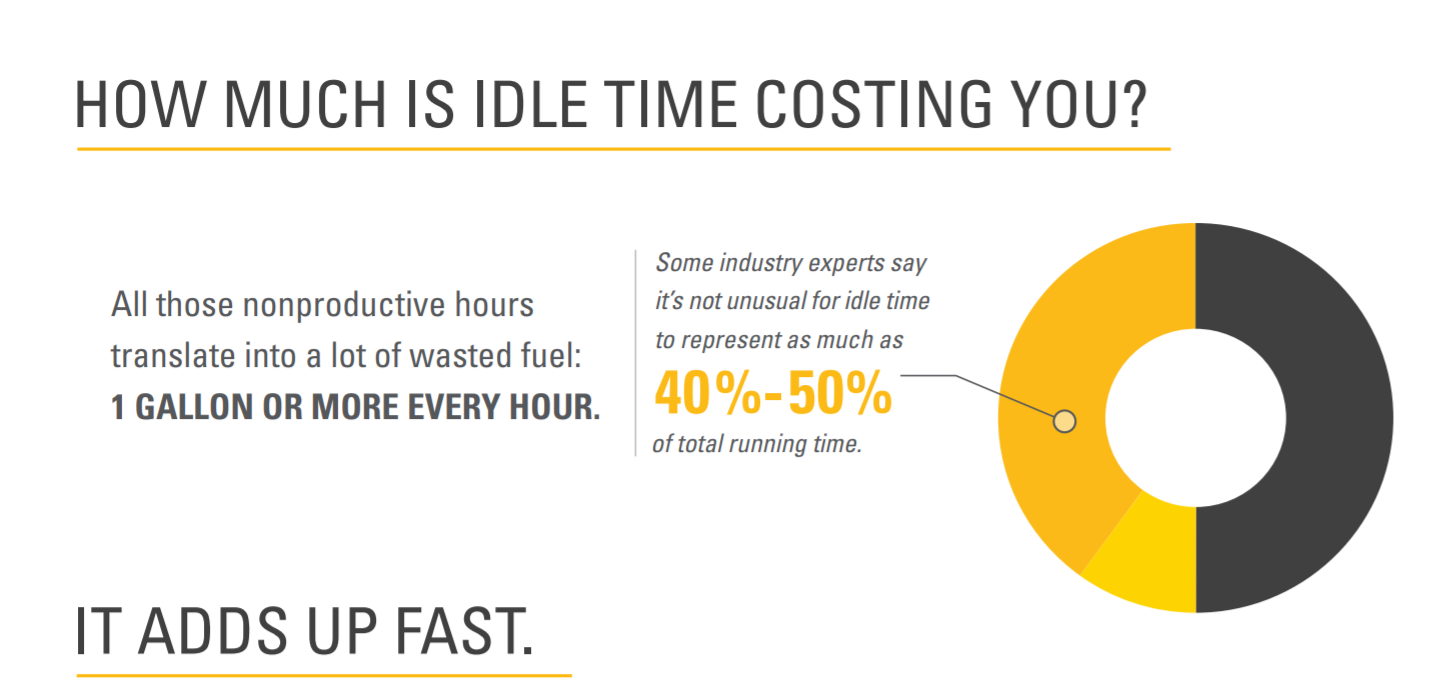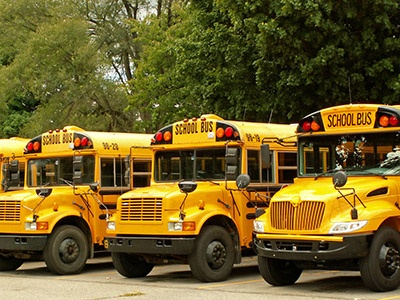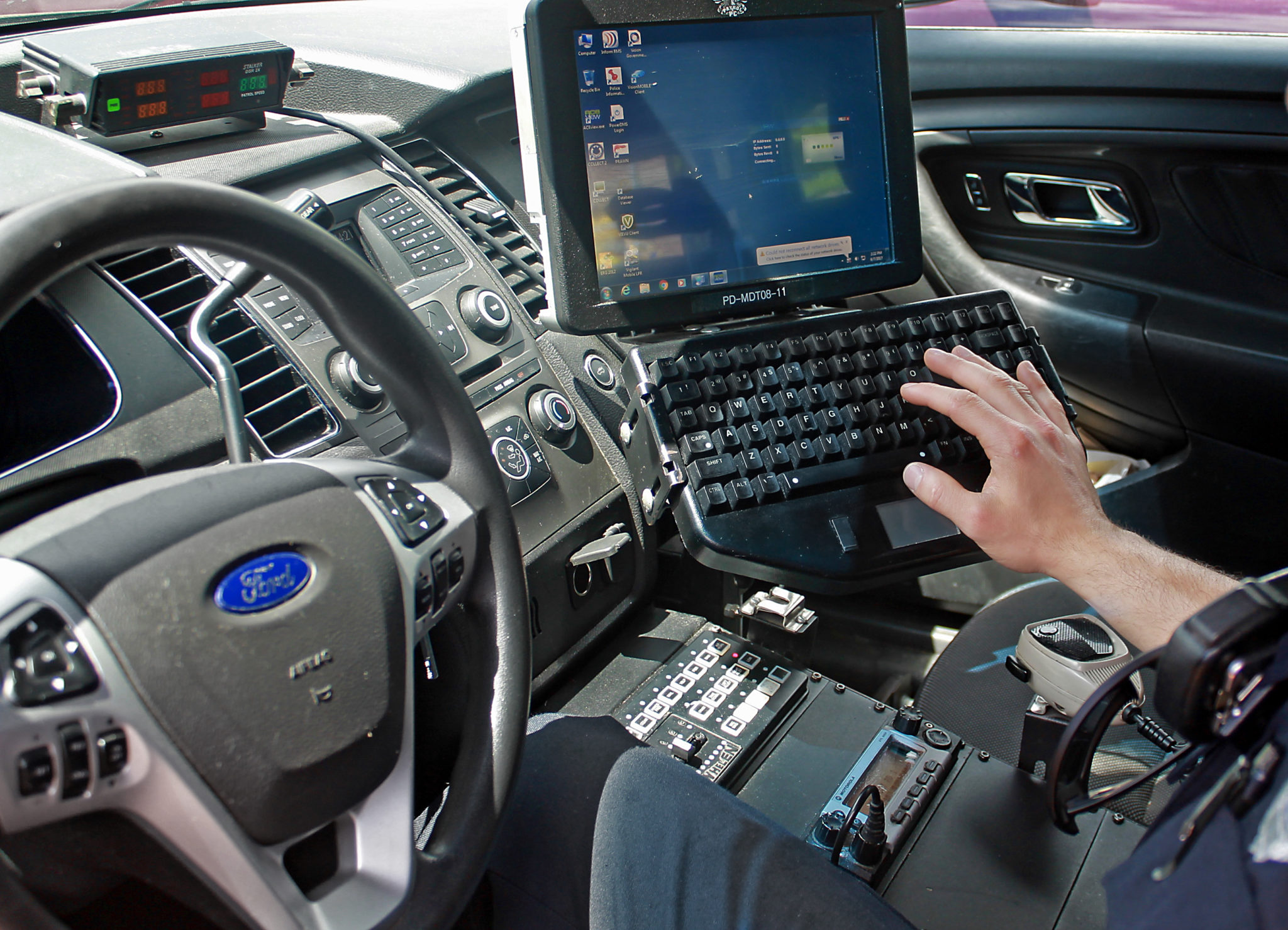Millions of students rely on buses for transportation to and from school every day. Late pick-ups or drop-offs, breakdowns, or unauthorized route changes can leave students stranded and cause headaches for parents and teachers.
There are a few things managers can do to avoid these common issues. Aside from hiring reliable drivers, consistent performance is highly dependent on how well you maintain and supervise your fleet.
Investing in the right technology can help managers not only run their fleet more efficiently, but also save money. Here are our top tips for ensuring your school bus fleet is safe and reliable.

1. Proactively Maintain Your Fleet
When it comes to the school run, downtime isn’t an option. Each vehicle has to take dozens of kids to class—and if one of your vehicles can’t make the morning pickup, you’re falling short in the eyes of the school, the parents, and all those students. You’ll also have to scramble around to find a replacement vehicle, which isn’t only stressful—it could negatively impact your bottom line.
A preventative maintenance schedule saves you money because a well-maintained vehicle breaks down less often. Taking a proactive approach also means you can stop problems before they develop into safety hazards.
Taking a proactive stance is crucial if you want to maximize uptime, keep your fleet running smoothly, and verify the safety of your buses. With fleet management software, it’s easier to create regular schedules you will stick to.
Fleet Complete’s web platform allows you to take a proactive approach. In addition to automatically tracking metrics like engine diagnostics, you can set up service schedules with notifications that alert you when a service is due—helping drivers and managers stay on top of maintenance schedules.
2. Leverage GPS Fleet Management Software and Tracking
Real-time tracking is incredibly important for school buses. If there’s a delay, route deviation, or breakdown, GPS fleet management software and telematics can help managers monitor and share the bus’s location with school administration. It also makes it easier for fleet managers to promptly dispatch a replacement vehicle.
Logistics aside, when it comes to school transport, transparency is important. If there is an issue, being able to quickly and clearly tell school officials what the problem is will reassure them that the situation is in good hands.

GPS systems can also track student ridership via Radio Frequency Identification (RFID) cards that record when they enter and leave a bus—something that’s hugely reassuring for parents and teachers alike.
In 2019, NYC’s school buses were all equipped with tracking devices to help improve the safety of students.
“Safe and reliable transportation is critical for all families, and we’re committed to getting it right this year,” said Schools Chancellor Richard Carranza in a recent interview.
Learn About Inspect App For Pre- And Post-Trip Vehicle Inspections
3. Measure Fuel Usage
Running a school bus fleet is an expensive business—and mileage performance is an ongoing challenge.
Data is your fleet’s most powerful weapon for reducing fuel costs. A recent article by the EPA revealed that when idling, the average school bus burns roughly “half a gallon of fuel per hour,” meaning one bus that idles for 30 minutes each day uses around 45 gallons of fuel each year. For larger or older vehicles this figure is even higher.

Installing tracking software is one of the best ways to track idle hours and other things that contribute to increased fuel costs, such as poor route planning and aggressive driving. It also simplifies the data collection process, since drivers can log entries at the pump rather than holding on to paper receipts—which are often lost.
4. Maximize Vehicle Lifespan
School buses are expensive to replace. Tracking your assets can help you monitor how they’re being used, which in turn can help you make the most of your vehicles.
Collecting information about miles traveled per day can help you optimize your fleet’s performance, track fuel usage, and stay on track with things like maintenance schedules—all important ways to keep your vehicles in great condition.
As well as helping you optimize individual vehicles, analyzing data collectively gives you a top-down view of your full fleet, which makes it easier to spot common problems. Seeing these patterns makes it easier to implement preventative maintenance measures sooner rather than later.
5. Switch to a Paperless System
In the past, drivers had to fill out inspection forms, route maps, and permission slips on paper, which was an administrative headache.
Many school bus fleets are now using software to help them manage paperwork more efficiently. Information can be stored in the cloud and accessed at the click of a button from anywhere in the world.
Switching to a digital system can also help you manage your school bus fleet more effectively. With fleet management software, it’s much easier for managers to track asset data in real-time—as well as produce preventative maintenance schedules and keep track of inventories, maps, and inspection forms.
In short, going digital means school bus drivers and managers have all the information they need at their fingertips. This, in turn, will maximize the reliability and efficiency of your fleet, keeping parents, teachers, and students safe and satisfied with your service.
With Fleet Complete Fleet Tracker, you can digitally manage your inventory, set up geofencing, and track your buses in real-time. If you want to utilize technology to run your school bus fleet more efficiently, learn more by requesting our Fleet Complete demo.

















